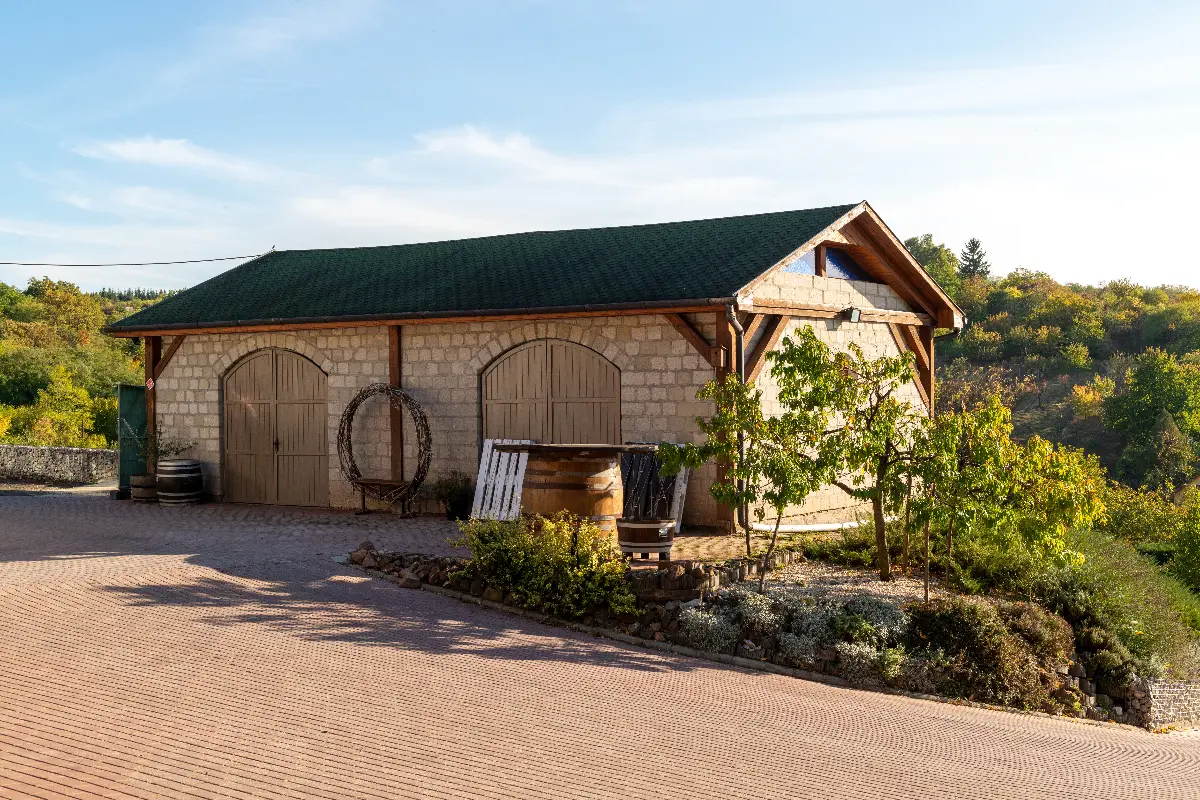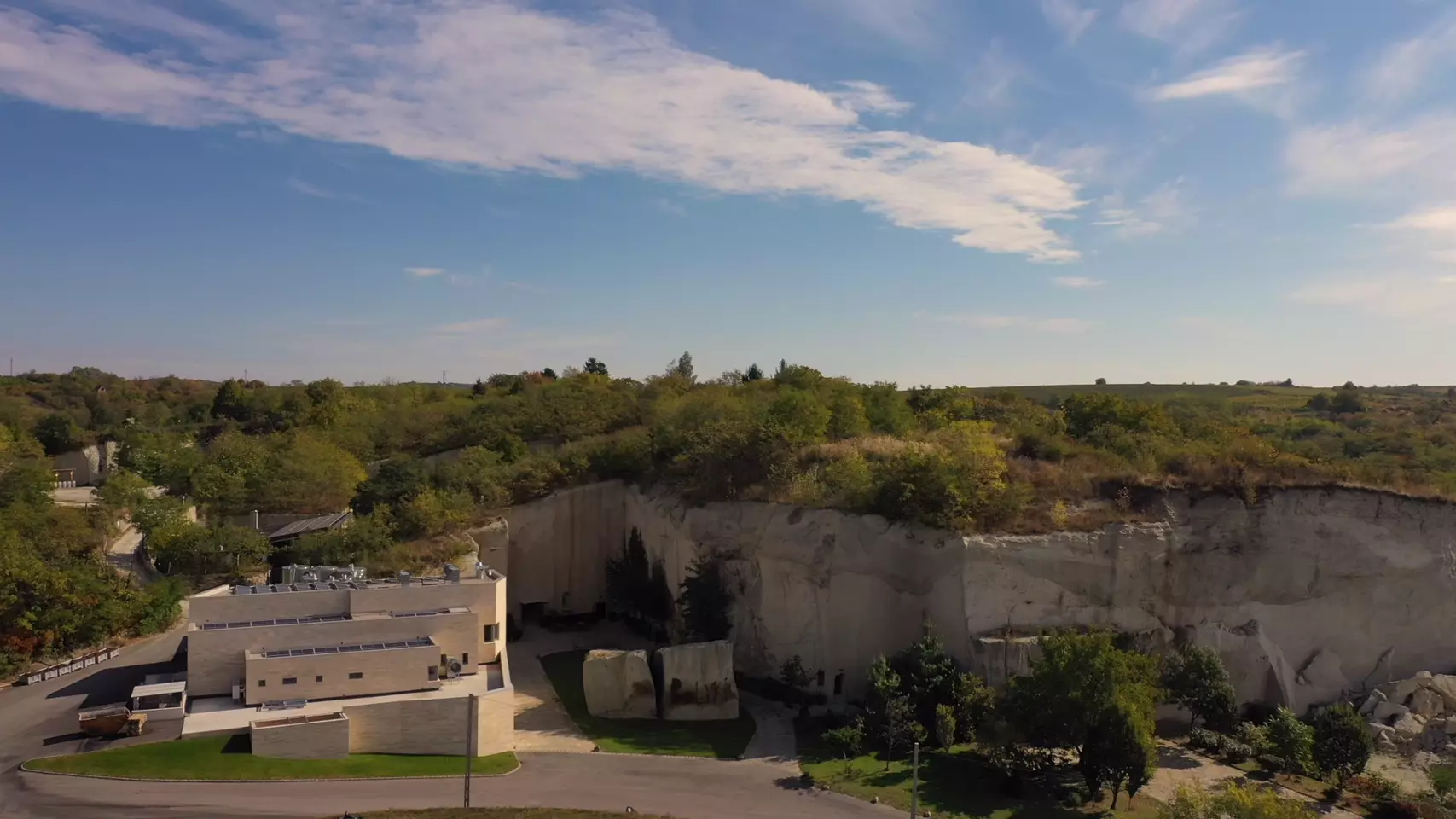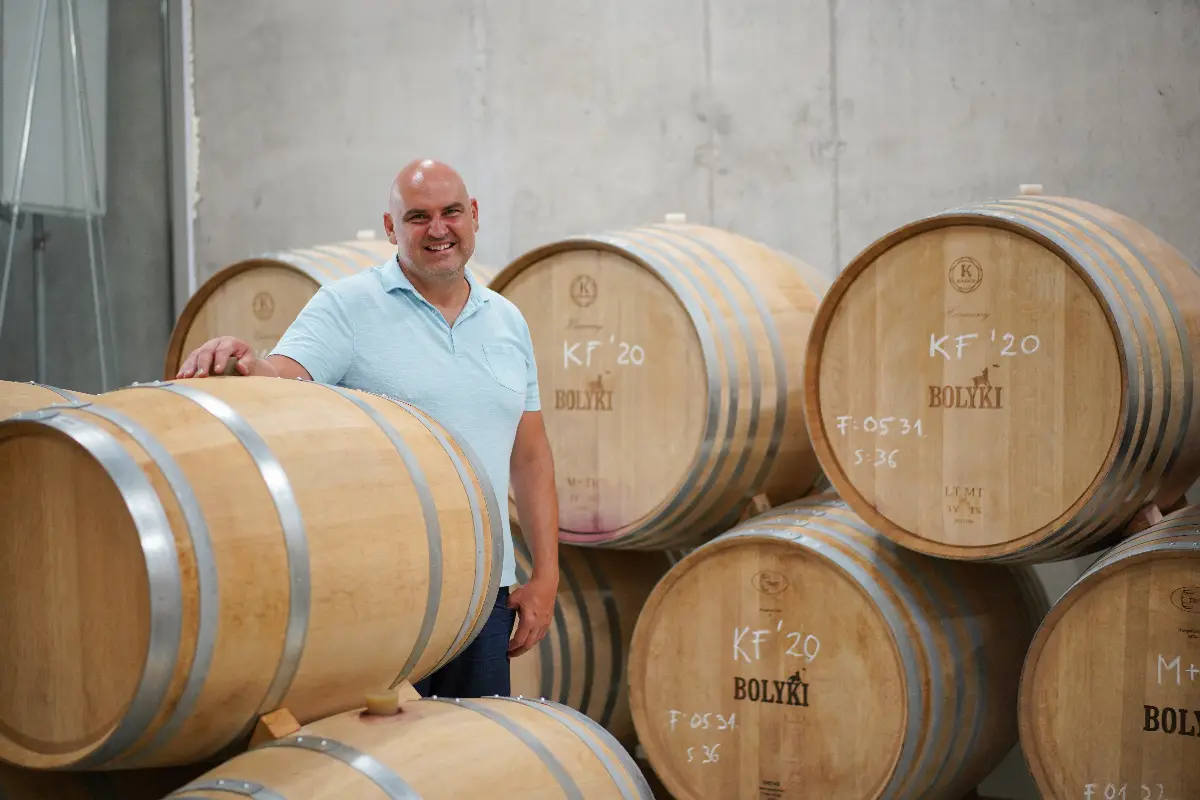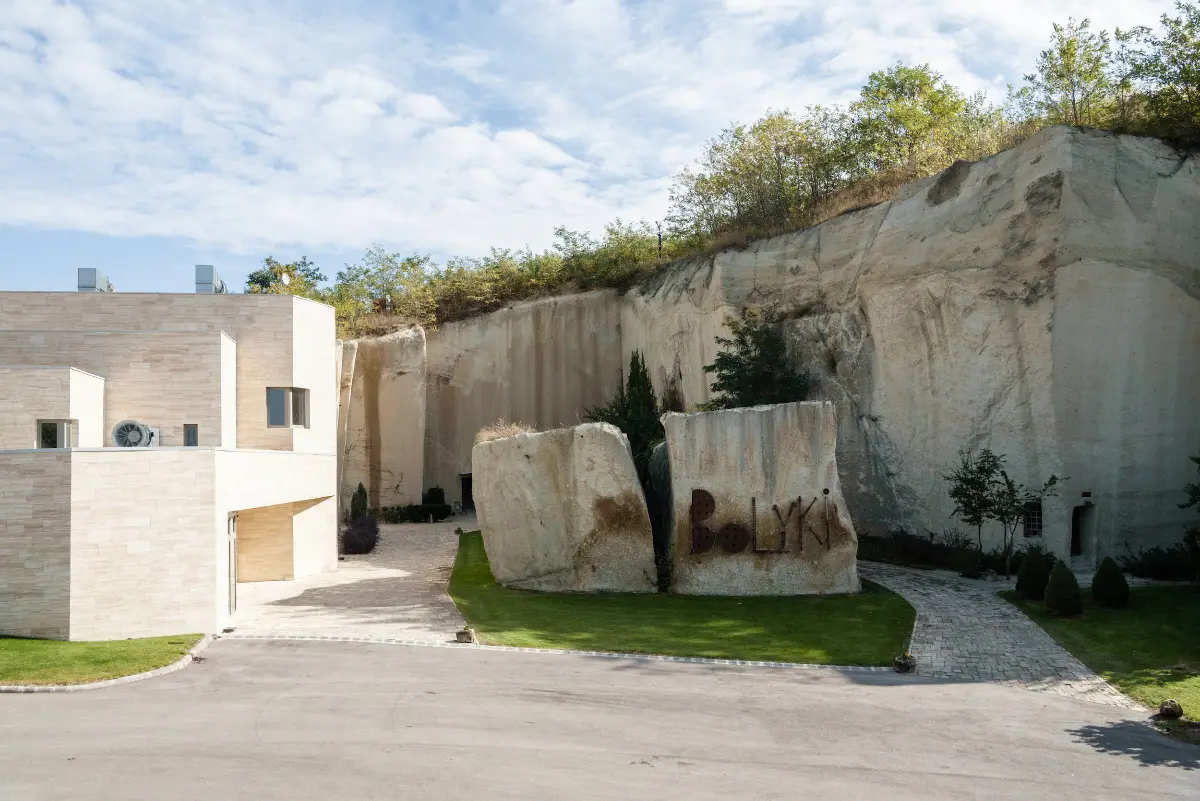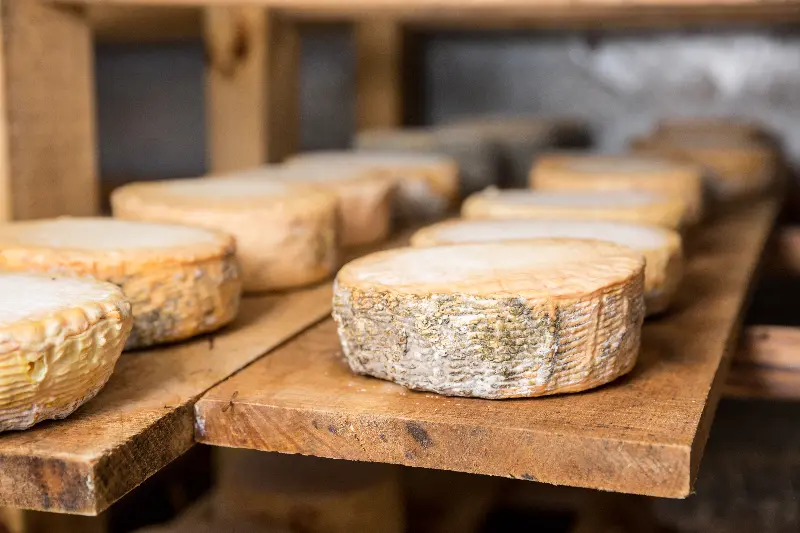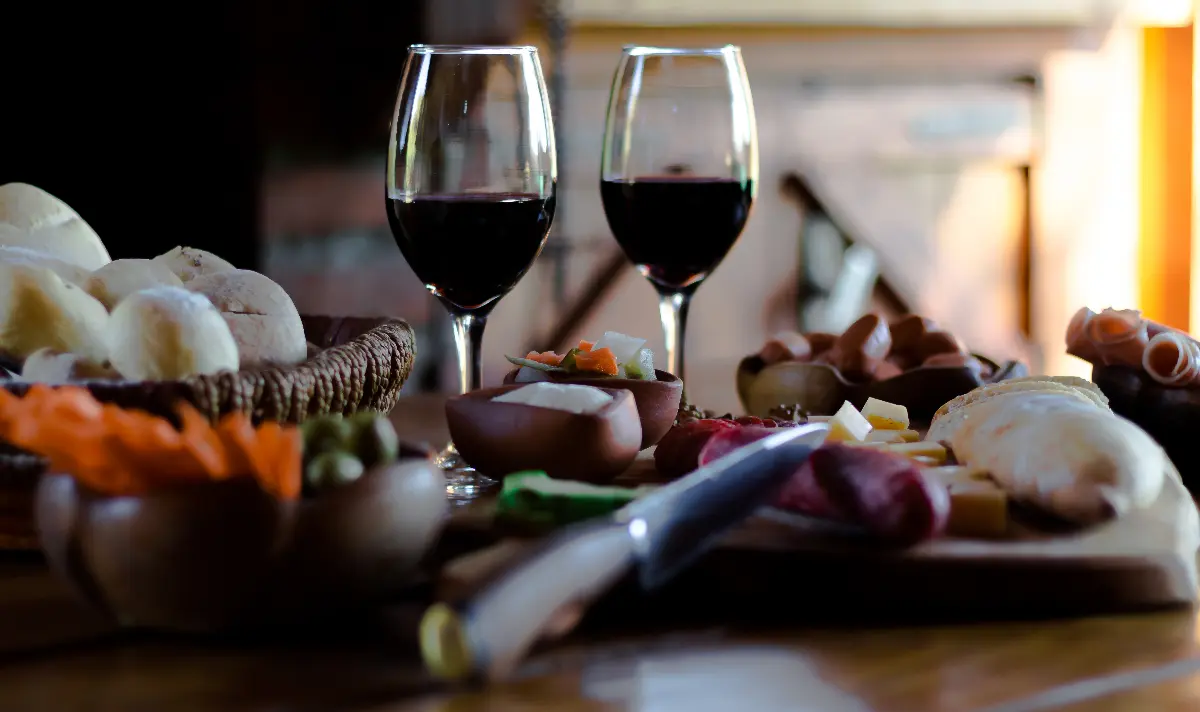
Helyszín címkék:
The history and sites of Eger’s emblematic wine, or what makes Bikavér a bull’s blood?
Szabó Vivien
Since when is bull’s blood bull’s blood?
At the beginning of the 19th century, the term did not cover a specific product, it was only used to describe a deep-coloured, strong red wine. The name was not territorially defined and was used in several parts of the country, regardless of the breed, deriving from a poetic image referring to the strength and abundant blood of the bull.
According to one of the most famous legends, in the 16th century, during the siege of Eger Castle, the castle’s defenders drank red wine to gain strength against the Turkish overwhelming force, and red wine became a symbol of strength and courage in the eyes of the locals. Although it would be nice to link the origins of this exceptional red wine to such a noble historical event, in reality, the history of Egri Bikavér began somewhat later – before the Turkish occupation, the people here produced only white wine.
The first conscious bikavér maker was the experimentalist Jenő Grőber at the beginning of the 20th century. He was the one who developed the composition of the grape varieties that are the basis of bikavér and the technology of winemaking. It is thanks to him that the Egri Bikavér was able to achieve wider recognition and international fame.
Bikavér basics for the conscious taster
The Egri Bikavér is a blend of wines whose special feature is that it cannot be varietal, i.e. it cannot be dominated by any single grape variety. Its composition can vary depending on the winemaker, but it should contain at least three of the following grape varieties: kadarka, cabernet sauvignon, cabernet franc, kékfrankos, merlot, portugieser, pinot noir, blueburger, blue medoc and zweigelt.
In 2009, three strictly regulated categories of wine were introduced, the Classicus and Superior of protected origin and the Grand Superior. The aim of the protected-origin wine categories was to increase the quality and competitiveness of Hungarian wines.
As a tasting public, it is worth knowing about the categories that Classicus wines of protected origin are produced using traditional viticultural methods and only grape varieties indigenous to the area are used. Superior wines are made in the same way as Classicus wines, but the grapes have to meet higher quality standards and the wine is aged longer and usually has a richer flavour. The Grand Superior wines are the highest quality protected-origin bikavér wines, the crowned kings of the category: only the best quality grapes are used to make them, and the wines are aged in oak barrels for at least 16 months instead of 12.
Where to taste?
Bolyki Winery
Just a few minutes from the centre of Eger, in the Losonczy Valley, Bolyki Winery and Vineyard offers two of the highest quality bikavér wines. Bolyki and Bolyki Bikavér Superior has intense aromas, mainly sour cherry and plum, with notes of dark chocolate, while Öreghegy Egri Bikavér Grand Superior is a real delicacy for all wine lovers, the fruit of many years of experimentation by the winery. The winery, just like their wines, is truly special: housed within the 30-metre-high walls of an old quarry, the complex is set on 4.2 hectares and offers a tasting room, concerts and festivals.
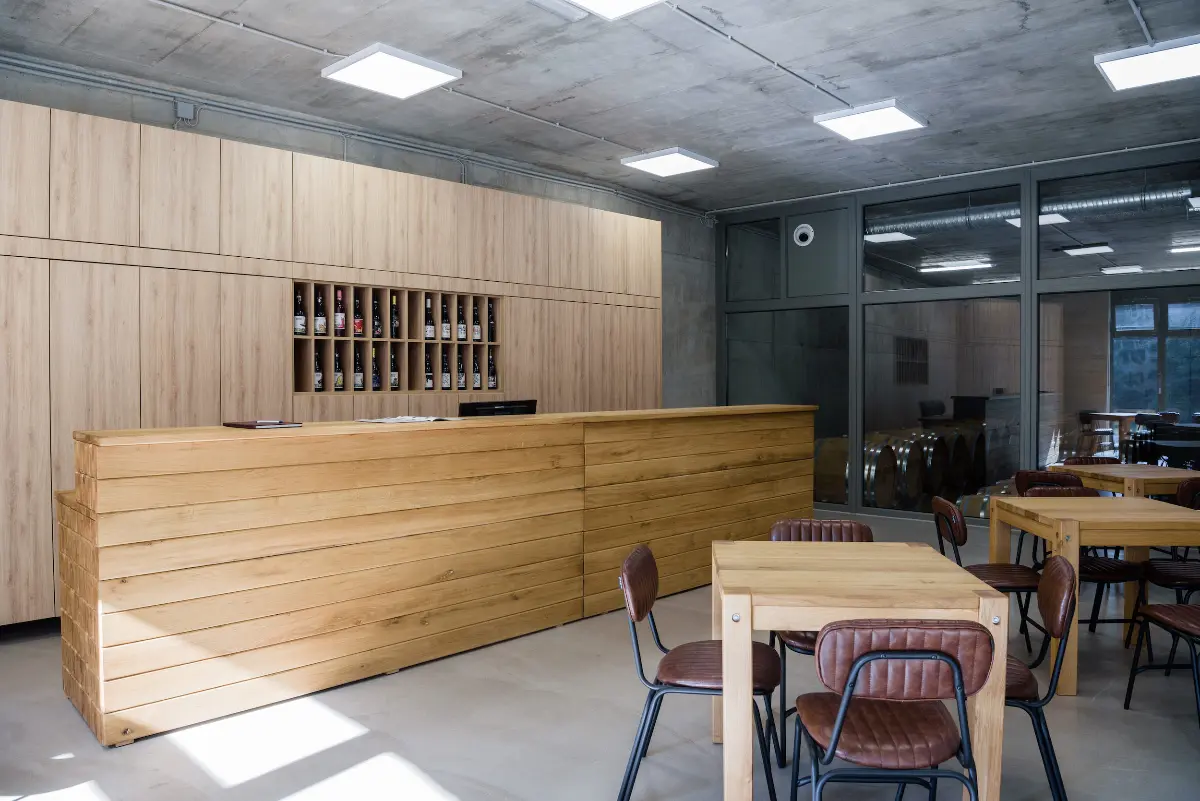
Rege Estate
Rege Estate is also located in the heart of the Eger wine region, spread over more than 100 hectares, with a tasting terrace and visitor centre. The estate has a unique atmosphere that combines the historical past of the wine region with modernity. A highlight of their range is the Rege Egri Bikavér Classicus, one of the estate’s most popular wines, with its deep ruby red colour and rich flavour.
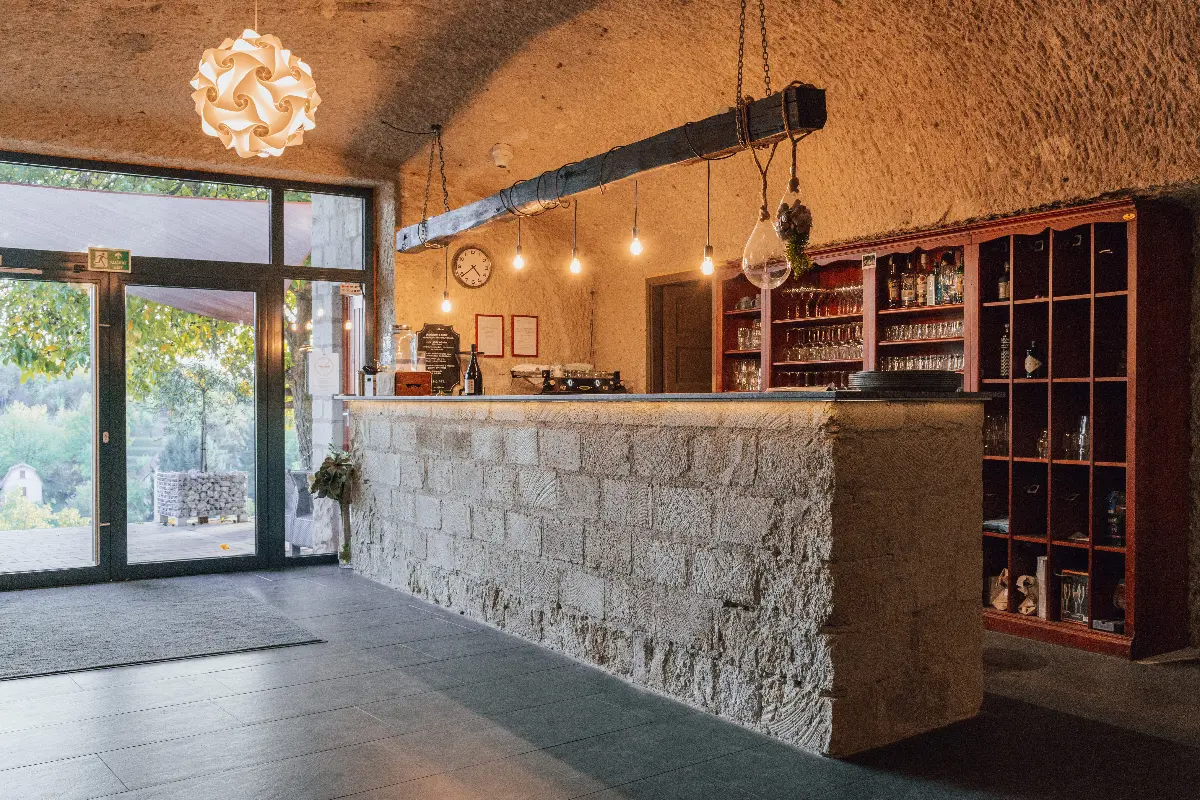
Almagyar Archbishop’s Vineyard
The vineyard, established in 2009, was born to save the 100-year-old Archbishop’s vineyard on the Almagyar Hill, which was condemned to be cut down. The family business follows the principles of biodynamic viticulture and winemaking: the wines are made using traditional technology, with spontaneous fermentation and no technological intervention. The Egri Bikavér Superior, also part of the winery’s repertoire, draws on tradition, consciously incorporating the spice of the bikavérs of a hundred years ago, menoir, and the silky roundness of pinot noir. And when you are done tasting, Borkemping and Venyige Spa also offer four-person comfortable bungalows, caravans and tent pitches, complete with natural food.
Bikavér is not only an outstanding wine of the Eger wine region, but also an iconic representative of Hungarian wine culture, nowadays it is known and consumed in many countries of the world. But bikavér is more than that: it is about respect for tradition and togetherness. It’s worth a taste!

